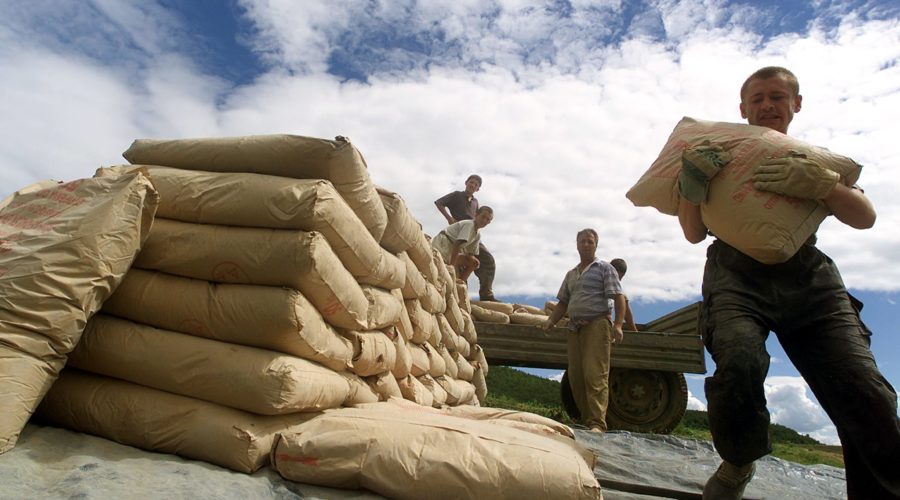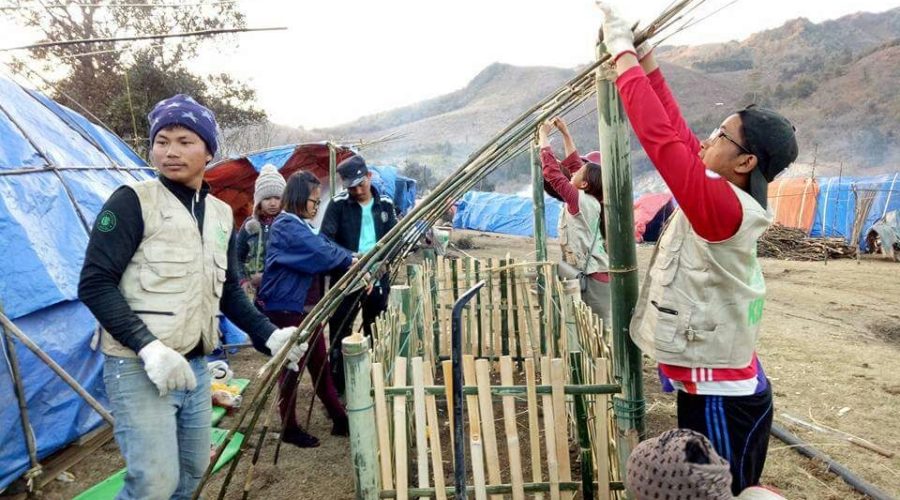The value of local actors to humanitarian response efforts is increasingly recognised. Local actors are often the first responders when disasters strike, they can have the best access to local populations and they have critical knowledge of the local context and people. Yet, local actors often struggle to move beyond implementing projects, to being treated as strategic and equal partners with international actors. Recent developments including the Grand Bargain have seen the largest humanitarian donors and aid organisations commit to strengthening local ownership and capacity. This includes directing 25% of their funds to local and national actors by 2020.
Value-added of placing local actors at the centre of a response include:
- Sustainability: Working with local actors’ ensures sustainability and predictability before, during, and after a humanitarian disaster. Local and national actors are part of the affected communities and can continue to work with the communities once international actors have ended their response.
- Preparedness: Having local actors on the ground mean that some levels of preparedness have been achieved. In the Philippines for the Haiyan typhoon response, local actors could start responding quickly and needed little time of alignment with response mechanism as they were already part of the response system and had previously worked with the government and the cluster system.
- Knowledge of context: Local actors understand the needs and priorities of affected communities faster and can share this knowledge with the wider response community. Local actors also understand the different communities, their norms and cultures, and can identify the key actors within them.
- Accountability: Local actors are – even more – held accountable by the local population, as the communities know them.
Practical steps that Humanitarian Coordinators and Humanitarian Country Teams can take to support localisation include:
- Advocating for international support to local efforts and ensuring that international response complements rather than overwhelms local structures. Develop frameworks and establish agreements with local actors before disaster strikes, and provide long-term investment with ‘quality money’ to build sustainability.
- Investing in local capacity. Train volunteers who are normally present in all contexts. Build a culture of volunteerism among communities and people at risk. Second staff from international organisations to national organisations, as this can help with the transfer of expertise and building experience in complying with detailed ‘international’ reporting requirements.
- Investing in preparedness, and link to the risk reduction and response efforts of national and local actors. Actively support the development of coordinated contingency and disaster management plans among actors, including agreeing on pre-disaster Memorandum of Understanding between national, local, and international actors. Engage with established community disaster management committees for assessments and accountability, and put in place a strong monitoring system.
- Including local actors as leaders in international humanitarian structures. Ensure national and local organisations are represented in Humanitarian Country Teams and Inter-Cluster mechanisms.
- Engaging the private sector. Work with private sector partners to identify what and how they can contribute to disaster preparedness and response. Consider developing a database of local businesses, their specialisation, stock, and ability to deploy quickly to remote places.





